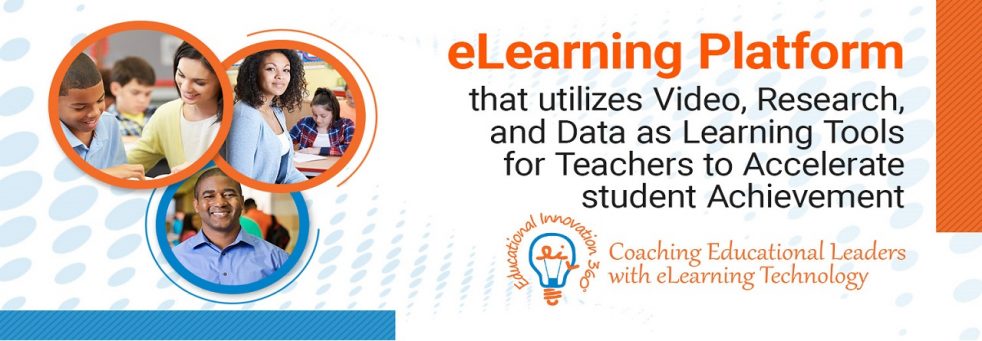Personalized learning is the teaching method of the future. The rise of personalized learning has skyrocketed due to the plethora of personal devices being offered in today’s market. Smartphones, personal computers, and tablets have all played a major role in the development of self-directed learning. This makes me a little nervous because technology and personal devices do not magically improve a student’s ability to acquire new knowledge. Students need thematic content and a curriculum that incorporates students’ needs and wants to make sure they are engaged and actively enjoying what teachers have to offer.
Technology is a tool, not a learning outcome. By: @Plugusin and @Rerdmann
We are noticing; many districts all over the United States have not learned this lesson and have effectively paid hundreds of millions to a billion dollars in personalized learning devices. The pandemic has played a huge role in this transition but we slowly learning that the implementation content is different and our approach has to change in order for student learning to be effective online. We have also noticed, technology alone does not increase grades or student effort.
Before technology enters the classroom, there must be a reason why these devices are needed and if the tool of technology will enhance engagement or access. As teachers, we also must ask ourselves the specific goals these personalized devices are supposed to help students achieve.
One type of learning program that is drastically improved by the implementation of technology in personal devices is a Blended learning program. Students are taught both at home and in the classroom. They don’t have to spend 100% of their school hours in a brick-and-mortar school. Asynchronous learning is for complex tasks and synchronous learning is to collaborate on issues, ideas, and next steps.
Blended learning programs are a great educational method to teach some of society’s most vulnerable populations. For example, the parents of students with special needs often choose a blended learning program as their child sometimes cannot meet the physical requirements of regular school. They’re able to coordinate with the teacher and acquire knowledge online. In fact, several school districts have taken the initiative to create blended learning environments while developing a 4 day school week. This has been truly helpful in 8-12th grade, students can learn at home in a blended learning program, take courses from other institutions, and fulfill their high school requirement; they will not fall behind their peers and they are more likely to graduate on time (Hall-Rivera & Jennifer).
Heyward, Georgia. What Do We Actually Know about the Four-Day School Week? Seattle: Center on Reinventing Public Education, 2018.
Blended learning can also be called the flip learning method. The flip learning method is when a student agenda focuses on their curriculum-devised lesson from a video or by their self-directed learning. They can then work out the information for themselves and reach out to a teacher if they ever need help. The teacher can also send them a mini-review or tests to ensure that they will be successful with the content.
With the Flipped learning method, students can teach other students which is critical to social skills, leadership skills and teaches them to work in a group. The Flipped learning model was invented by two chemistry teachers who wanted to empower students to learn by themselves but also wanted to help the students who had the most trouble. This is exactly what the flipped learning model achieved, and now educational researchers are finding even more benefits to this particular model. One additional benefit to the flipped learning model is how fast students can receive feedback on their work. All of the work the students completed work for that lesson is evaluated in class right after they are finished. The student does not have to wait, the time is shortened and teachers provide support and feedback in half the time. Educational researchers also have concluded that it’s nice to include homework as a review of the day’s lesson but studies have shown that additional homework does not mean the student’s grades will improve (Reading Rockets, 2013).
References
01.07.16, A. (2018, April 30). Technology is a tool, not a learning outcome. Pb. Retrieved October 26, 2021, from https://paulgordonbrown.com/2016/01/06/technology-is-a-tool-not-a-learning-outcome/.
AASA, T. S. S. A. (n.d.). Heyward, Georgia. What Do We Actually Know About the Four-Day School Week? Seattle: Center on Reinventing Public Education, 2018.. Retrieved October 26, 2021, from https://my.aasa.org/AASA/Resources/SAMag/2018/May18/Hill_Heyward.aspx.
Hall-Rivera, Jennifer. “(PDF) The Blended Learning Environment: A Viable Alternative for Special Needs Students.” ResearchGate, https://www.researchgate.net/publication/312264267_The_Blended_Learning_Environment_A_Viable_Alternative_for_Special_Needs_Students.
Submitted by Anonymous (not verified) on July 3. “Key Lessons: What Research Says About the Value of Homework.” Reading Rockets, The Center for Public Education, 12 Nov. 2013, https://www.readingrockets.org/article/key-lessons-what-research-says-about-value-homework.
